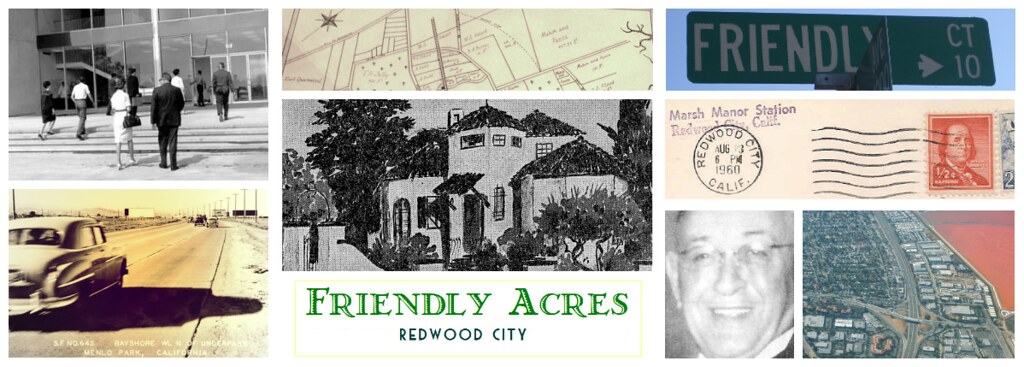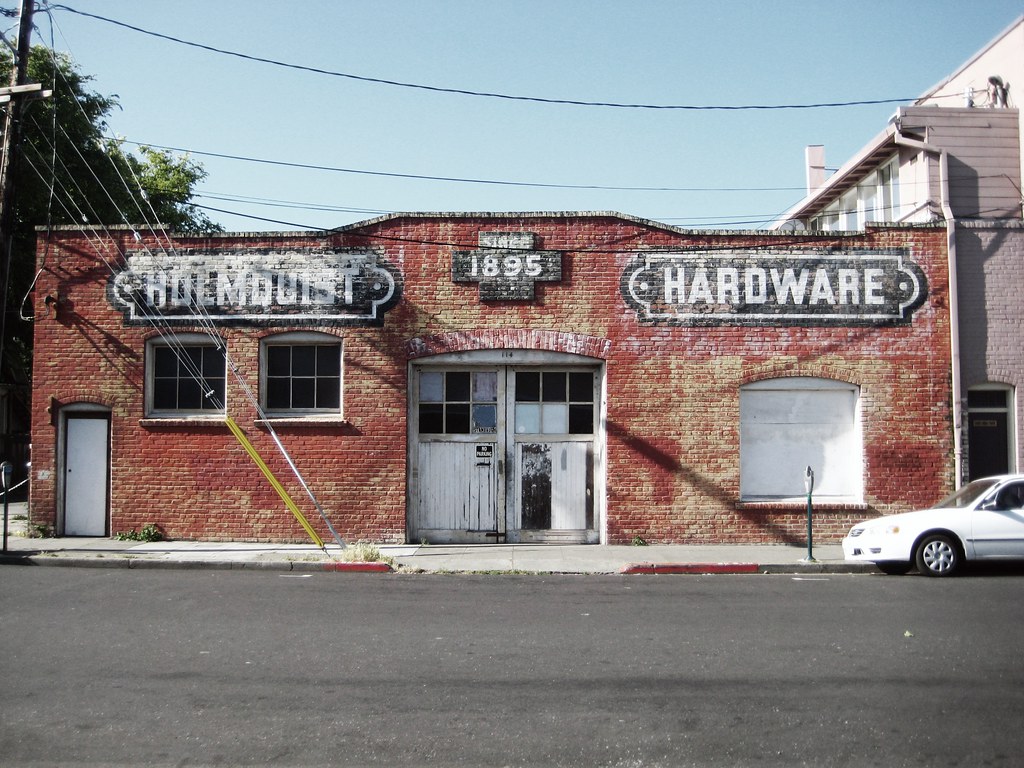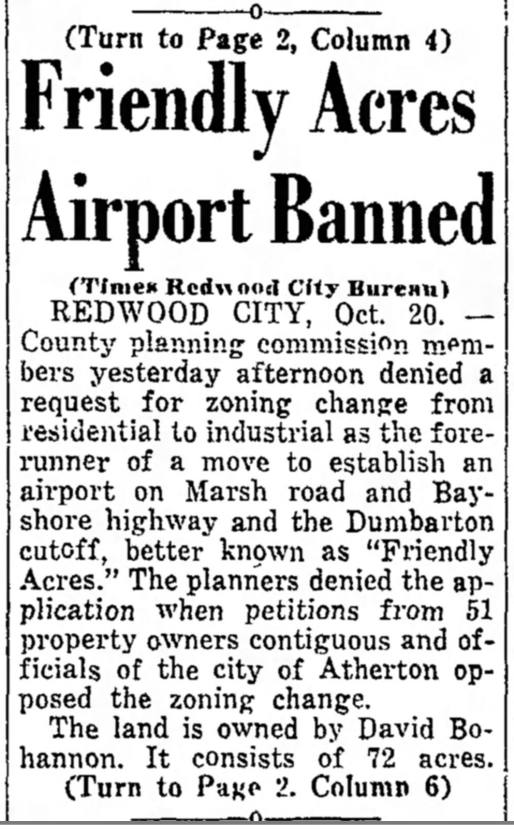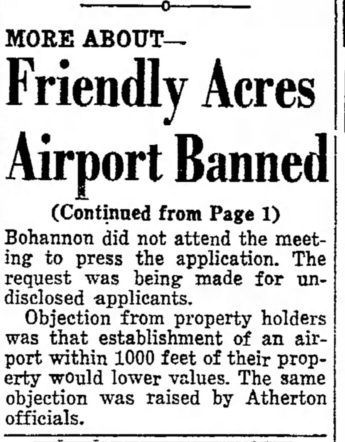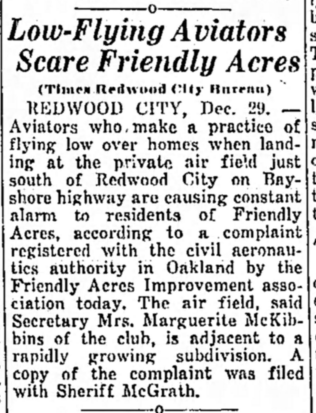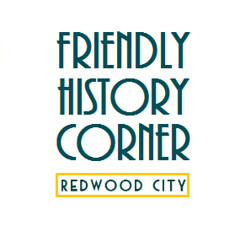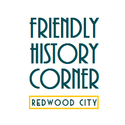For Harry Friend, the joint transaction with Silva for the Holsteins wasn't for dairy farming so much as for the Slaughterhouse which he operated in San Bruno. The buying and selling of hides was an offshoot by-product venture which he also ran.
It turns out that Friend was a butcher by trade. He had arrived in the U.S. on Nov 13th 1901, age 26, from Kalisz, Poland, and his arrival records at Ellis Island, indicate his occupation as butcher. His departure records from Hamburg corroborate not only his age but also his occupation as a "Fleischergeselle", which translates literally as "Journeyman Butcher". (Note: A journeyman is not an Apprentice, but neither is he a Master of his trade. A journeyman, comes from the french for "journ
ée", meaning "day", and meant someone who was hired by the day, i.e. paid on a daily basis, and not salaried. Typically, they would be hired or contracted out to master tradesmen to fulfill a job.)
Immediately on arrival at Ellis Island, his name would be changed to the anglicized "Harry Friend" from the German "Abraham Freund", as per the departure records from Hamburg and ship's manifest of the SS. Milano. Thereafter, he would use his arrival date in the U.S. as his date of birth, intentionally shaving off five years from his age. Presumably this was to improve his job prospects in his newly adopted country - in essence creating a new identity and a new life for himself and his family.
After leaving Ellis Island and settling down in Brooklyn and Manhattan, we know from the 1905 New York City Census records that Friend was already occupied as a Butcher there. He moved west to San Francisco with his wife, child, and younger brother Solomon, shortly after.
By 1910 the family were living in Vista Grande, which, a year later in 1911, would become known as Daly City. (Vista Grande was a refugee village which had sprung up on a hillside known as Daly's Hill on John Daly's dairy farm, where people fleeing the 1906 San Francisco earthquake began to erect semi-permanent and permanent structures.)
While living in Vista Grande, Friend was working as a self-employed hide buyer and broker. Hides were a cash commodity and typically hide buyers were employed by the local tanneries. Smaller tanneries would buy their raw material from reliable slaughterer brokers or receivers that they could trust. Friend's experience as a butcher/slaughterer made him a valuable asset to many businesses that relied on the raw materials, not just hides and skins, from cattle and livestock.
He still maintained a butcher's business and in 1917, Friend is registered with a licensed slaughter house in San Bruno.
The records indicate he continued on in business as a Butcher until 1922, around his mid-40s when he took up real estate full time. His daughter, Eva, who was also his bookkeeper ended up marrying within the trade, to Jean Bercut, of the famed Bercut Brothers. The Bercuts emigrated from Limoges, France, in 1906, and Henri and Pierre, Jean's brothers, opened their first butcher's shop, "Grand Market" in San Francisco in 1912. They went on to establish the nationally famous Grant Meat Market, located at 743 Market Street, at the tail of Grant Ave where it runs into Market Street. The Bercut Bros. were known to have the finest meat market in the United States, their reputation having been made initially on boneless cuts of beef.
 |
| San Francisco Chronicle, 17 Dec 1912 |
They eventually relocated to Chestnut Street and in the 1960s the old Meat Market on Grant was turned into a parking lot.
References:
- Horse Hay wagon Image: http://content.cdlib.org/ark:/13030/tf4m3nb5h4/?docId=tf4m3nb5h4&layout=printable-details | 7 horse hay wagon
- Lead Steer Image: http://content.cdlib.org/ark:/13030/tf4489p21v/?query=butcher%20town&brand=calisphere - Lead Steer
- Custodia Silva Image: http://www.oac.cdlib.org/ark:/13030/kt938nd5qr/?docId=kt938nd5qr&brand=oac4&layout=printable-details | - Online Archive of California ; California Digital Library
- Sausalito News, Vol 37, # 27, 2 July 1921 - Much Loss in Beef Cattle | http://cdnc.ucr.edu/cgi-bin/cdnc?a=d&d=SN19210702.2.19.1#
- Severn Lodge Dairy Mural, Burlingame - Waymarking.com
- Severn Lodge - The Founding Families of Burlingame-Hillsborough blog
- Severn Dairy - https://burlingamememories.wordpress.com/exhibitions/severn-dairy/
- Henry Pike Bowie and Severn Lodge in article "Jeffer Daykin: Henry Pike Bowie & the "Daimyo" Gate" Aug 17, 2009 in Half Moon Bay Memories & El Granada Observer, Created by June MorrallHamburg Passenger Manifest Oct 1 1901, Milano Ship, Ellis Island Foundation Passenger Search. http://libertyellisfoundation.org
- Cattle Brands and Licensed Slaughterers of 1918 - Showing all recorded Cattle Brands and the names and addresses of all licensed slaughterers on record in the offiœ of the Cattle Protection Board of California - published by the Cattle Protection Board of California., 1919
- California Census and Voter Registrations
